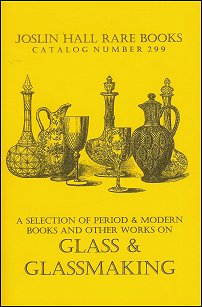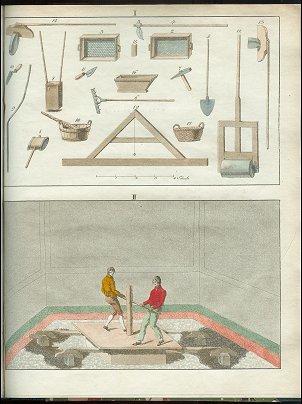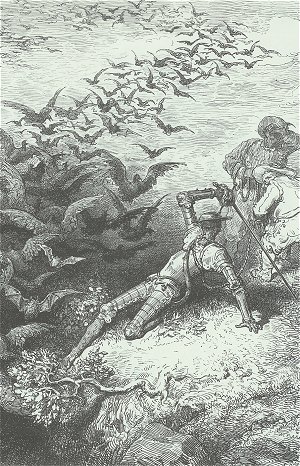 I'm afraid I'm a bit behind in blogging this week- we were in New York for four days last week through the weekend, and then I had to rush to get the new catalog to the printer. But now that's all done, and as I was sitting here, browsing through images on my computer, I came across the picture you see to the left, which is part of a very interesting tale...
I'm afraid I'm a bit behind in blogging this week- we were in New York for four days last week through the weekend, and then I had to rush to get the new catalog to the printer. But now that's all done, and as I was sitting here, browsing through images on my computer, I came across the picture you see to the left, which is part of a very interesting tale...We once had a book which had the ownership inscription of a "Father Himalaya". Being curious, I did some digging and discovered a really amazing man-
Manuel Antonio Gomes 'Himalaya' [1868-1933] was known as "Father Himalaya", and is considered to be the father of solar energy in Portugal, and a visionary pioneer in the field of renewable energy. After taking Holy Orders in the Society of Jesus he studied natural sciences, physics, chemistry, mathematics and astronomy, and traveled to France where he studied with the noted chemist Marcelin Berthelot. In 1899 he was granted a patent by the French government for a device to produce heat by focusing the sun's rays.
In 1900 he constructed a test device in the Pyrenees and attained a temperature of 1100 degrees centigrade. In 1902 an experiment in Lisbon attained 2000 degrees, and he made a final, startling demonstration of the power of such a device at the St. Louis Exposition in Missouri 1904. There he constructed his "Pireliofero" (that's it in the picture), a 3-story high parabolic mirror mounted on a monstrous iron framework which focused sunlight on an oven mounted at the top of the structure. The oven reached a temperature of 3500 degrees, melting a test chunk of basalt, and Father Himalaya won a Grand Prize for his efforts.
He promoted other forms of renewable energy as well, including tidal energy and hydroelectric power, wind power, and geothermal power. Alas, there was plenty of cheap coal and oil available, and his work was generally ignored and forgotten. Father Himalaya retired to become chaplain at Viana Castle, a charity home, where he died at the age of 65. His work has excited interest in Europe in recent years, and his ideas have only lately attained a measure of the respect which eluded them in his lifetime.
That's what I love about bookselling- you find out all sorts of things you didn't even know you were looking for.

 Glass and the Book Elves have always been uneasy companions, whether we are talking about flying croquet balls going through plate glass windows or the fact that if you are going to buy a rare and expensive Lalique clock on Ebay you had better make sure the trademark is spelled with a "q" and not a "k"...
Glass and the Book Elves have always been uneasy companions, whether we are talking about flying croquet balls going through plate glass windows or the fact that if you are going to buy a rare and expensive Lalique clock on Ebay you had better make sure the trademark is spelled with a "q" and not a "k"...



 In the 19th and early 20th centuries it was accepted practice to furnish museums with casts of all types, from classical statues to trilobites, and I thought I'd share some illustrations from an interesting catalog, published in 1866, which served the latter trade.
In the 19th and early 20th centuries it was accepted practice to furnish museums with casts of all types, from classical statues to trilobites, and I thought I'd share some illustrations from an interesting catalog, published in 1866, which served the latter trade.








